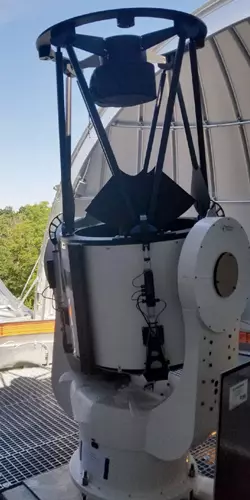
by planewaveinstr | Jul 9, 2019 | Advanced Amateur Astronomer, Education, Press Releases
The CDK 700 after installation. Sitting 13 miles west of Boston under suburban skies (and a mere 32m above sea level!) is Wellesley College, the world’s preeminent college for women. Since 1870, Wellesley has given women the education and skills to make a...

by planewaveinstr | Nov 29, 2018 | Commercial, Press Releases
The Nissan Motor Company, builders of the new Navara Dark Sky concept truck, has chosen Planewave as the telescope to be used in the groundbreaking Gaia program, in conjunction with the European Space Agency (ESA). The vehicle, a pick-up-and-trailer combination,...
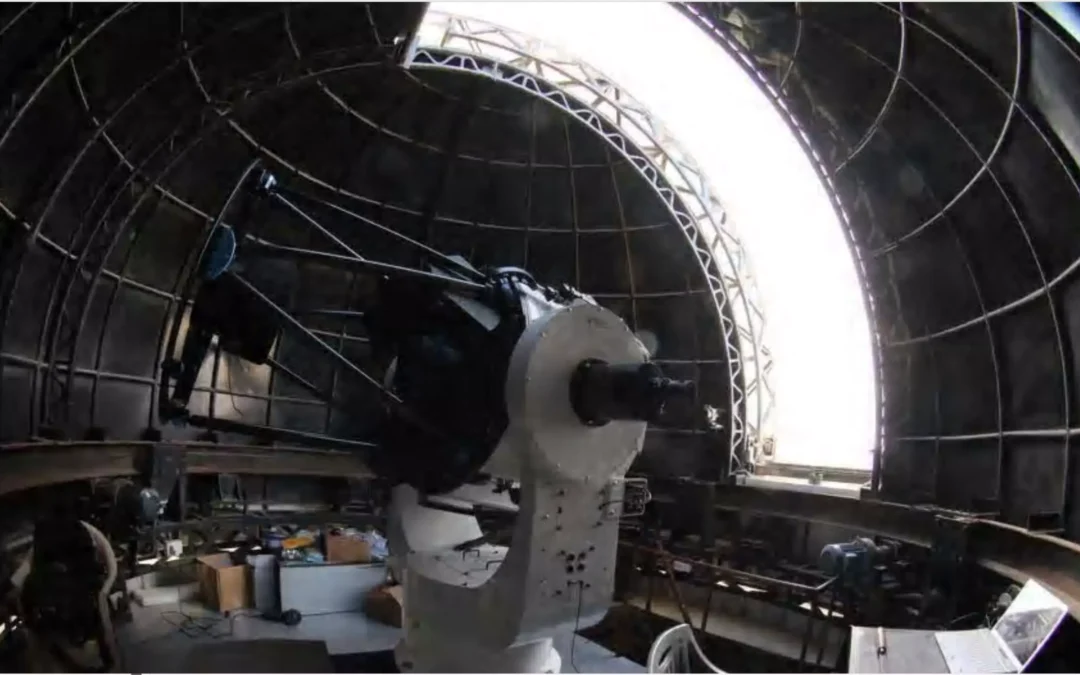
by planewaveinstr | Sep 21, 2018 | News, Observatories, Press Releases
In the summer of 2018, PlaneWave installed their CDK700 at the Hanle observatory site near Leh, India. This remote village houses the Indian Astronomical Observatory (IAO). At almost 15,000 ft (4,500 meters) above sea level, the IAO is one of the world’s highest, and...
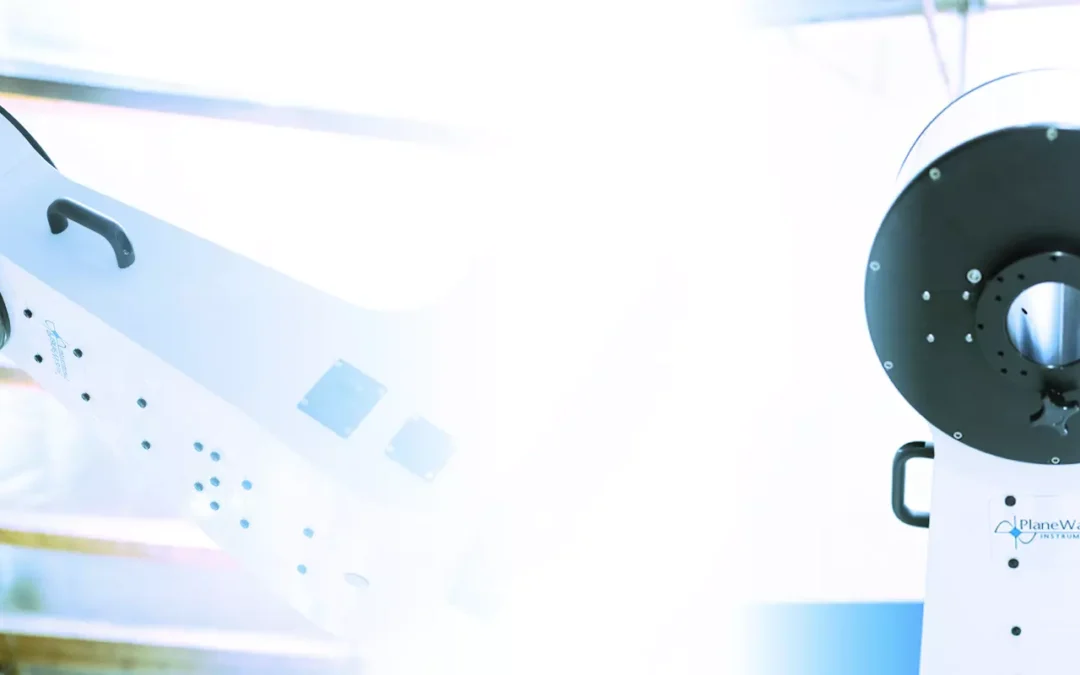
by planewaveinstr | Sep 11, 2018 | Advanced Amateur Astronomer, Press Releases
Yes, ladies and gentlemen—it’s that time of year again. It’s “rollout” time! PlaneWave’s newest offering—the L-350 Mount—is finally here. Production ran a little longer than expected, but then again it’s a high technology mount at a fairly appreciable price. We wanted...

by planewaveinstr | Aug 16, 2018 | Aerospace, Education, Press Releases, Research
The second annual Conference on Robotic Telescopes, Student Research and Education (RTSRE), held on Hawaii’s East Coast between July 23 and 25, brought a great gathering of astronomers, educators, students, and allied professionals to the storied Big Island, for a...
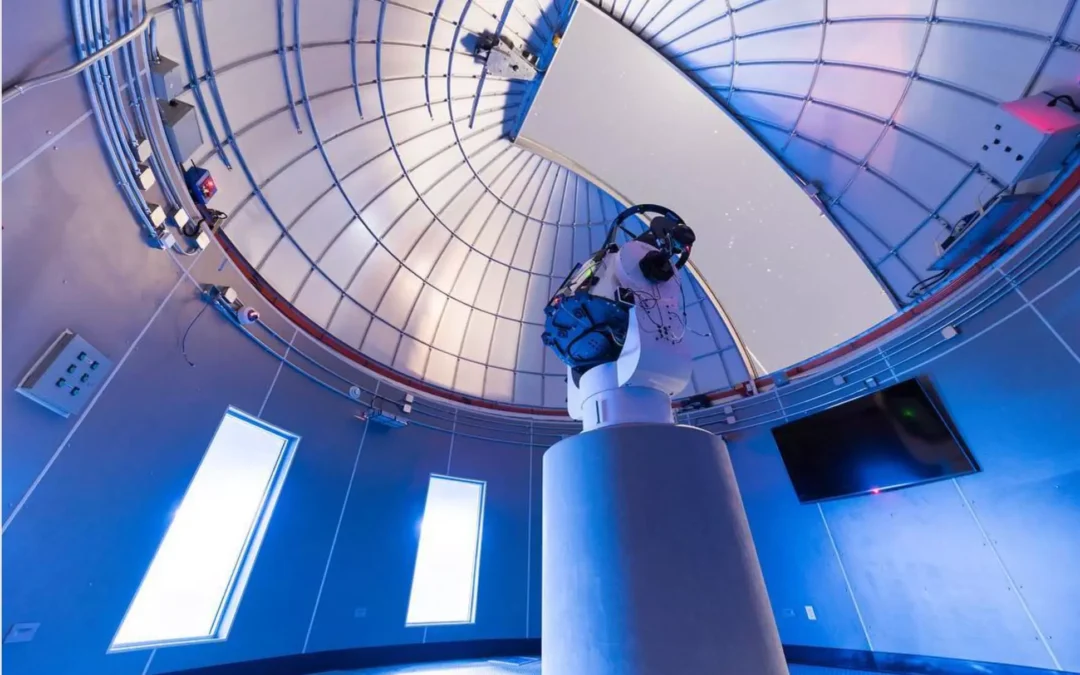
by planewaveinstr | Mar 26, 2018 | Observatories, Press Releases
On March 25th, 2018 the city of Rancho Mirage in California dedicated its new CDK700 observatory. The city plans on using the telescope for stargazing events as well as planned programming including a speakers series and guest...







